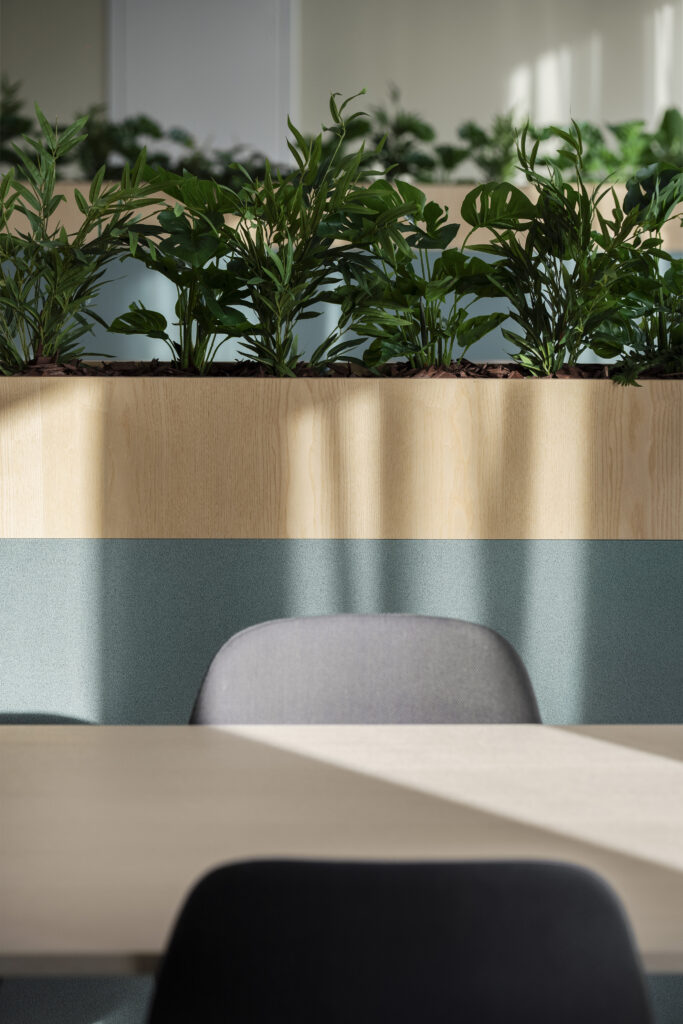Let’s take a moment to look into the future of work environments. A self-evident competitive advantage in office and workplace design will be to consider noise levels and their impact on employees’ productivity and well-being.

According to a study by the World Health Organization (WHO), noise is the second most common workplace issue, and it can lead to stress and decreased productivity. However, there are solutions to the problem that forward-thinking architects and designers are already using and integrating into their floor plans.
An open-plan workplace can work
Open-plan workplaces have been, and still are, a trend in office and workplace design. But it is an environment that can be perceived as annoying and poses a challenge regarding reducing noise.
At Zilenzio, we work on reducing noise and disturbances caused by human voices. It could be a neighboring coworker on a phone call, a discussion from a conference room, or chatter from the group by the coffee machine. Our solutions are panels, ceiling tiles, wall absorbers, and furniture based on stone wool that effectively absorbs sound. We measure in the unit STI (Speech Transmission Index), which is based on a scale from 0 to 1.0, where at 1.0, you hear speech crystal clear. By adding our various sound absorbers, the unwanted, distracting noise is significantly reduced. How much? That depends on several factors. If you want to know more about the results that can be achieved, we would be happy to show you our case, “Case Bonava”. Get in touch, and we will tell you more!
Let nature in
It is not only sound absorbers that can help reduce noise in the work environment. A contradictory solution can be to add visual noise or visual stimulation. However, it is central to provide the appropriate stimuli. This can be a waterfall, swimming fish in an aquarium, or a virtual window displaying natural scenery. Another solution is to add green plants to the work environment, which not only reduces visual fatigue but can also have a positive effect on air quality. The common denominator here is elements drawn from nature.
A study published in the “Journal of Environmental Psychology” shows that visual stimulation can reduce stress levels and improve employees’ productivity when used correctly. However, other visual noise, such as overlooking a corridor or passage where colleagues walk by, has the opposite effect.
Work environment and human harmony
To summarize, we see that there are several solutions to the problems of noise and visual fatigue in office and workplace design. By using sound absorbers, visual stimulation, and green plants, we can create an environment focused on well-being and productivity for employees. As architect Bill Browning says, “It’s important that we create environments where people thrive and can perform at their best”.
Zilenzio’s solutions regarding sound absorbers and visual noise are based on science and experience. Get in touch with us, and we will discuss your specific workplace and the challenges you are facing. Also, take the opportunity to check out our collections.


